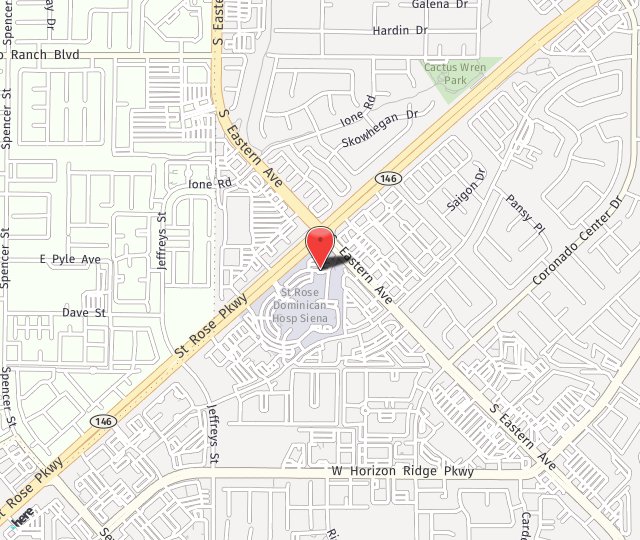Part 2 of 3, BREAST
The jury is still out on the benefits of anatomic form-stable textured shaped breast implants (tear-drop shaped gummy bear implants). Sientra has their version FDA approved, and we have been using their smooth round high strength silicone implants with excellent results. Mentor and Allergan’s versions are not yet FDA approved. While Europeans are using these devices frequently for small breast augmentations in the “over the muscle position”, in North America, our culture dictates a different approach to breast contouring. Women here want much larger bra sizes with more superior pole fullness and “under the muscle” positioning is preferred. Textured surfaces in the “under the muscle” position do not improve capsular contracture rates and can cause problems including a less-natural feel and fluid collections (seromas), together with the inability to manipulate the implant position post-operatively, which may increase risk for implant malposition. In addition, rotation of these implants can cause visible deformity requiring a trip back to the operating room to exchange the implant for a smooth round device. All of the reports (60 cases worldwide) of lymphoma associated with breast implants are with textured surfaced implants. In patients with a sloping chest wall, the edges of the implant can be visible and rippling can occur in certain body positions (traction rippling). In our country, smooth round implants are generally preferred. Textured surfaced implants may decrease capsular contracture rates by 5% in the short-term post-operative period, but in the “over the muscle” position only; there are no differences in capsular contracture rates long-term with textured vs. smooth implants. So the take home message here is: Smooth round highly cohesive silicone gel or smooth round saline implants are the most predictable implant styles available with the least complications.
Fat transfer for the breast and body is also emerging as a viable tool to contour the breast. Fat transfer is an art and many surgeons are using it for the breast. However, the science behind fat grafting and stem cell treatments are lagging behind. Every surgeon has their own technique, and techniques for fat harvesting and transfer vary widely. Results tend to be similar for all surgeons and unpredictable, with most plastic surgeons seeing 50% graft reabsorption. Standards of technique have not been established and surprisingly few studies are underway in a field with possibilities.
Dr. Daniel Del Vecchio in Boston and Dr. Roger Khouri in Miami are doing innovative work with fat transfer to the breast using a pre- expansion device called Brava and three dimensional imaging. Studies are underway to prove safety and effectiveness and results are impressive. Brava is a suction cup device with a vacuum that applies continuous suction on the breast to expand its capacity and vascularity. The device is typically worn for about 4 weeks or longer before the procedure and that is not an easy thing for a woman to do. In these cases, larger volumes of fat can be transferred with less graft loss. Because of the unpredictability in graft take, staged procedures are common.
Women desiring a breast augmentation alone with their own fat liposuctioned from other areas and transplanted to the breast sounds appealing, but results are in no way similar to those achieved by implants. Cup size increases tend to be subtle without any sort of dramatic superior pole fullness seen with implants. Expect very natural looking and subtle cup size increases with this technique, which may appeal to a certain type of “granola” woman. On the other hand, excellent results were presented in patients with tuberous breast deformities, breast asymmetries, patients who have had implants removed and have resulting contour defects, and others with congenital deformities. Unfortunately, many women who would go this route are excluded by the study criteria, such as any woman with a family or personal history of breast cancer, patients with connective tissue or autoimmune diseases, medical problems, substance abuse, smokers, bleeding problems, history of radiation, and certain allergies. Safety and efficacy for fat grafting to the breast in these high-risk patients are unknown.
As we continue to gather data and fat transfer to the breast becomes more standard of care, I am excited by the possibilities and the ability to have another tool to enhance the breast. In my practice, fat transfer to the breast is showing great promise in treating contour deficiencies in breasts or in providing soft tissue coverage over implants in thin women. Weight stability is important in prospective candidates, as weight fluctuations will affect the graft and it’s size. Patients must also be of a normal weight so donor sites for the fat are available. Secondary and tertiary procedures may be required to obtain the desired result.
Dr. Hayley Brown MD, FACS
Board Certified Plastic Surgeon
Desert Hills Plastic Surgery Center serving Henderson and Las Vegas, Nevada

